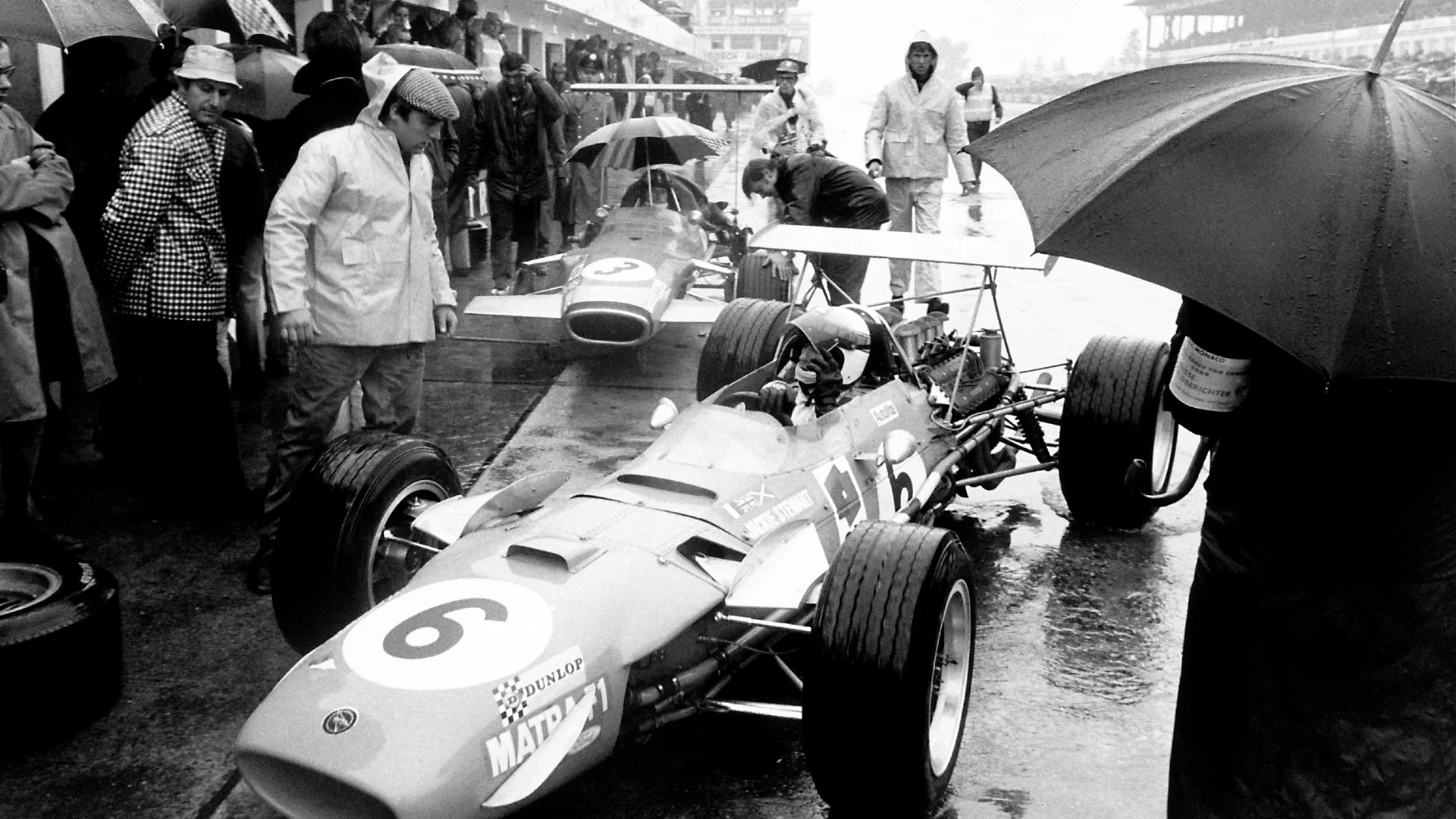It was a race that should never have been started, yet yielded to Jackie Stewart the most sensational of his 27 Grand Prix successes. One of the best in the sport’s rich history. But the 1968 German Grand Prix on the fabled Nurburgring Nordschleife was also the race that finally laid to rest the spectre that had been haunting the F1 circus for the previous four months. And it happened exactly half a century ago today, as David Tremayne recalls…
It had begun to rain on the Thursday, as Graham Hill landed his Piper Aztec and his wife Bette and fellow passengers Stewart, Jo Bonnier and Jo Siffert disembarked. And it rained for the rest of the weekend.
Jacky Ickx, an acknowledged rain master, was fastest for Ferrari in Friday’s first practice session, with a lap of 9m 04.0s. Team mate Chris Amon was next on 9m 14.9s ahead of Brabham’s Jochen Rindt on 9m 31.9s, Hill’s Lotus on 9m 46.0s, the impressive rally and sportscar star Vic Elford’s Cooper-BRM on 9m 53.0s and Honda’s John Surtees on 9m 57.8s.
But as conditions were compounded by thick fog, the afternoon session was abandoned, so that those, like Stewart, who didn’t run at all, had to do six qualifying laps on Saturday. Conditions were even worse then, so that requirement was reduced to five.
The Scot had got the all-clear earlier in the week for the scaphoid he had fractured in his right arm in a pre-season Formula 2 test, but Frenchman Johnny Servoz-Gavin had been pounding round the ‘Ring in a road-going Matra 530 just in case he was required to deputise as he had in Monaco.
Things were so bad on Saturday morning that there was talk of a postponement until September or a relocation to Hockenheim, but gradually visibility improved to 100 yards – handy for men reaching 180 mph on the long back straight.
Stewart’s Tyrrell Matra-Ford was fastest in this rain-soaked session, albeit with 10m 00.4s, from Ickx on 10m 04.4s. And the Scot was the only man beneath 10 minutes when a third session was run on Sunday morning.
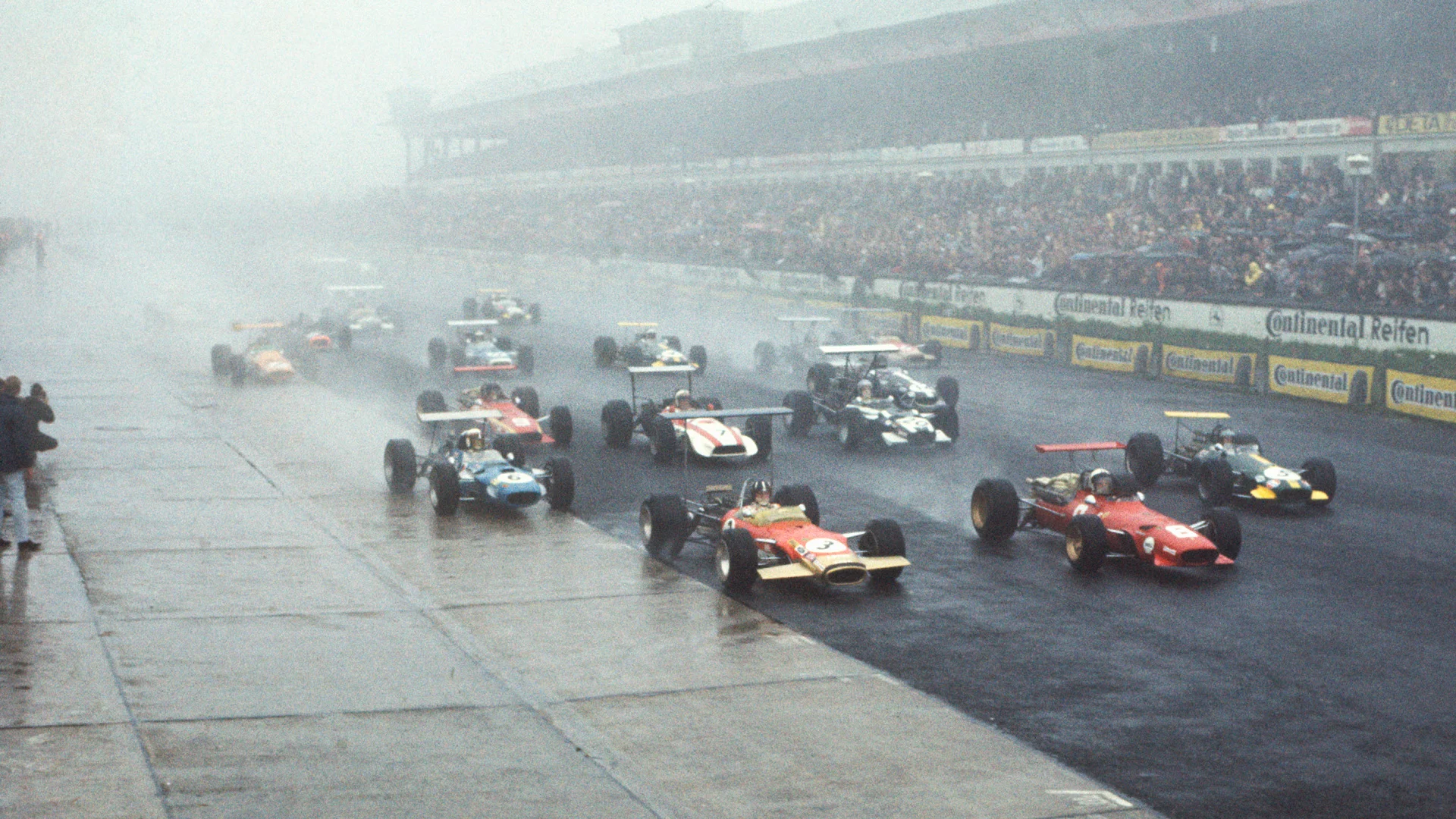
Tyrrell was one of the teams to take this opportunity very seriously, as others gave it a miss, and Stewart’s 9m 54.2s best lifted him to sixth overall on the three-by-two grid.
He tried a steering damper to help his injured arm, but had it removed for the race because it interfered with sensing when the brakes were about to lock.
The drivers had been, according to him, “noticeably apprehensive” coming into the weekend. The Nurburgring was without question the most challenging and dangerous track on the calendar, with its 14.1 miles of twisting, undulating and unforgiving corners, and the countless gearshifts that they demanded. They called it the Green Hell, and Stewart, who admitted that he never drove a lap there more than he needed to, said it was one of those places to enjoy when you were sat by your fireside over Christmas.
But it was not the location and the appalling conditions that had drivers feeling more nervous than usual. This, after all, was the era when they had at least a 33 percent chance of being killed, when sometimes it seemed in a season that they went to almost as many friends’ funerals as they did Grands Prix. When races continued even when a brother had fallen, as if nothing macabre was happening elsewhere on the track. When, despite the safety crusade that Stewart had initiated after his accident in a BRM at Spa during the 1966 Belgian Grand Prix, and accelerated with cold-angered commitment after his close friend Clark’s death, dying was seen to be an acceptable risk – but only by the many who did not have to step down into the arena and take that risk themselves. Such things went with the badge.
But 1968 was different.
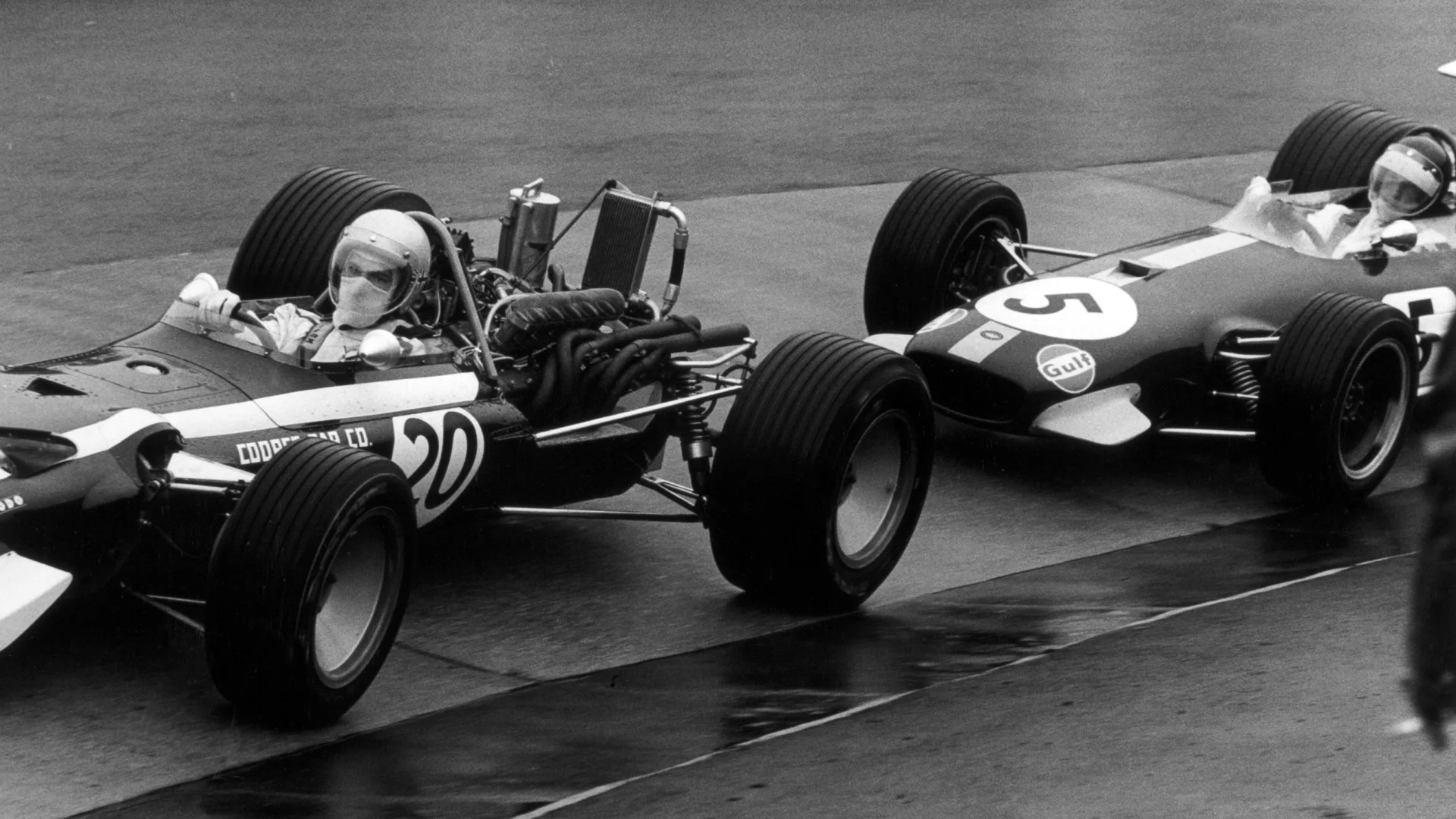
On April 7th, the unthinkable had occurred when Jim Clark was killed in the Deutschland Trophy Formula 2 race at Hockenheim. A punctured rear tyre pitched his Gold Leaf Team Lotus 48 into the unyielding pine trees on the flat-out curve soon after the first corner, and at a stroke the sport’s greatest driver had been taken.
Clark’s death, as Stewart commented many times, was the sport’s equivalent of the atomic bomb. It had shaken these bold young racers to the core. “We all had that thought in our minds,” Chris Amon admitted: “‘If it could happen to Jimmy, what chance did we have?’”
And as if that had not been enough, tragedy had continued to stalk them with chilling precision. A terrible sequence developed, like some unshakeable and virulent virus. After Clark’s accident, it seemed that every four weeks another driver died.
Even before Clark’s partner Graham Hill could score a hugely emotional victory for a shattered Colin Chapman, in Spain on May 12th, further tragedy had savaged his Lotus team.
Chapman was utterly distraught when, on May 7th, Clark’s former team mate Mike Spence was killed. That season the mild-mannered Spence had shown in the new BRM P126 the tiger he had revealed with Jim Hall’s winged Chaparral 2F sportscar the previous year. He was the obvious choice to replace Clark in the turbine-powered Lotus 56 at Indianapolis, since Stewart was nursing that fractured scaphoid. Spence took to the wedge-shaped car with ease and was soon setting very fast times, lapping close to 170 mph. He had finished running when he was asked to help team mate Greg Weld get up to speed; in Weld’s car he made a small mistake and brushed the concrete wall in Turn 1. It wasn’t that hard an impact and he should have been able to walk away with an embarrassed smile, but in a prelude to what would happen to Ayrton Senna, the right front wheel swung back on its steering link and inflicted a fatal head injury.
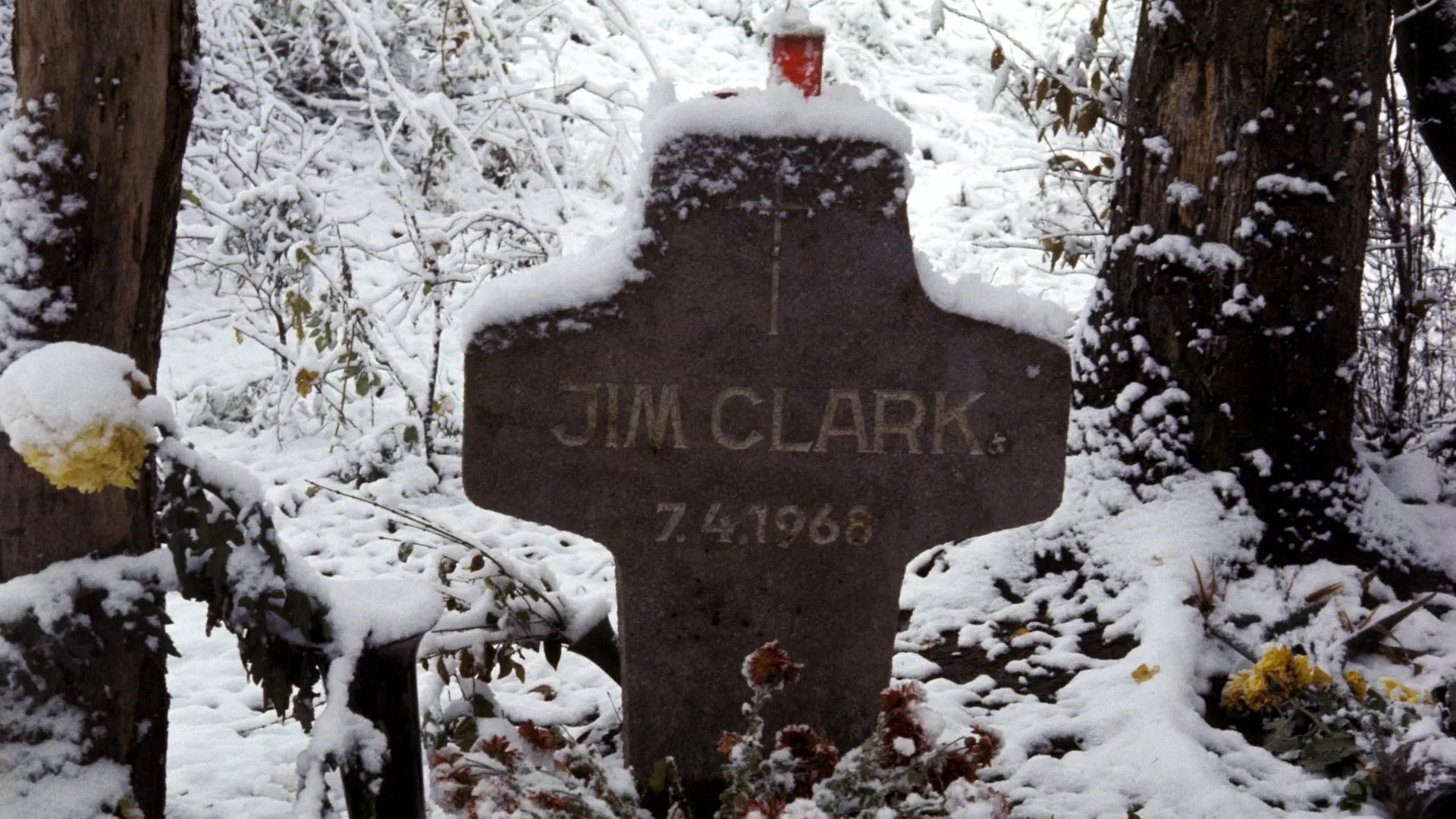
On June 8th popular Italian Lodovico Scarfiotti, the winner of the 1963 Le Mans 24 Hours, the 1966 Italian GP, and the 1962 and ’65 European Hillclimb champion whose grandfather had been one of the founders of FIAT, died driving a Porsche 910 in the Rossfeld hillcimb near Germany’s Berchtesgaden.
Then on July 7th, on the second lap of the French GP at Rouen, Jo Schlesser died when the unraceworthy air-cooled Honda RA302 cut out on the descent to the Nouveau Monde hairpin, impacted with an earth bank and caught fire. The magnesium chassis was full of fuel and the much-loved Formula 2 and sportscar veteran perished in the inferno.
It’s often forgotten, too, that upcoming Briton Chris Lambert was killed at Zandvoort in a collision with Clay Regazzoni, during the Formula 2 race on June 28th.
Now the German GP, on August 4th, was effectively being held at the start of the fifth month.
Conditions on race day were so bad that it amounted to playing a high-speed game of Russian Roulette. Besides the rain, the lingering fog caused problems with visibility. But Formula 1 had not yet reached the stage when, as would happen in Spain in 1975 and Japan in 1976, drivers of the calibre of Emerson Fittipaldi and Niki Lauda could refuse to race.
Stewart, for one, had serious reservations, especially after Jackie Oliver had crashed his Lotus 49B at Adenau in that final Sunday morning session. The Scot had a major disagreement with Ken Tyrrell before that session even started, and had virtually to be forced to go out by his boss.
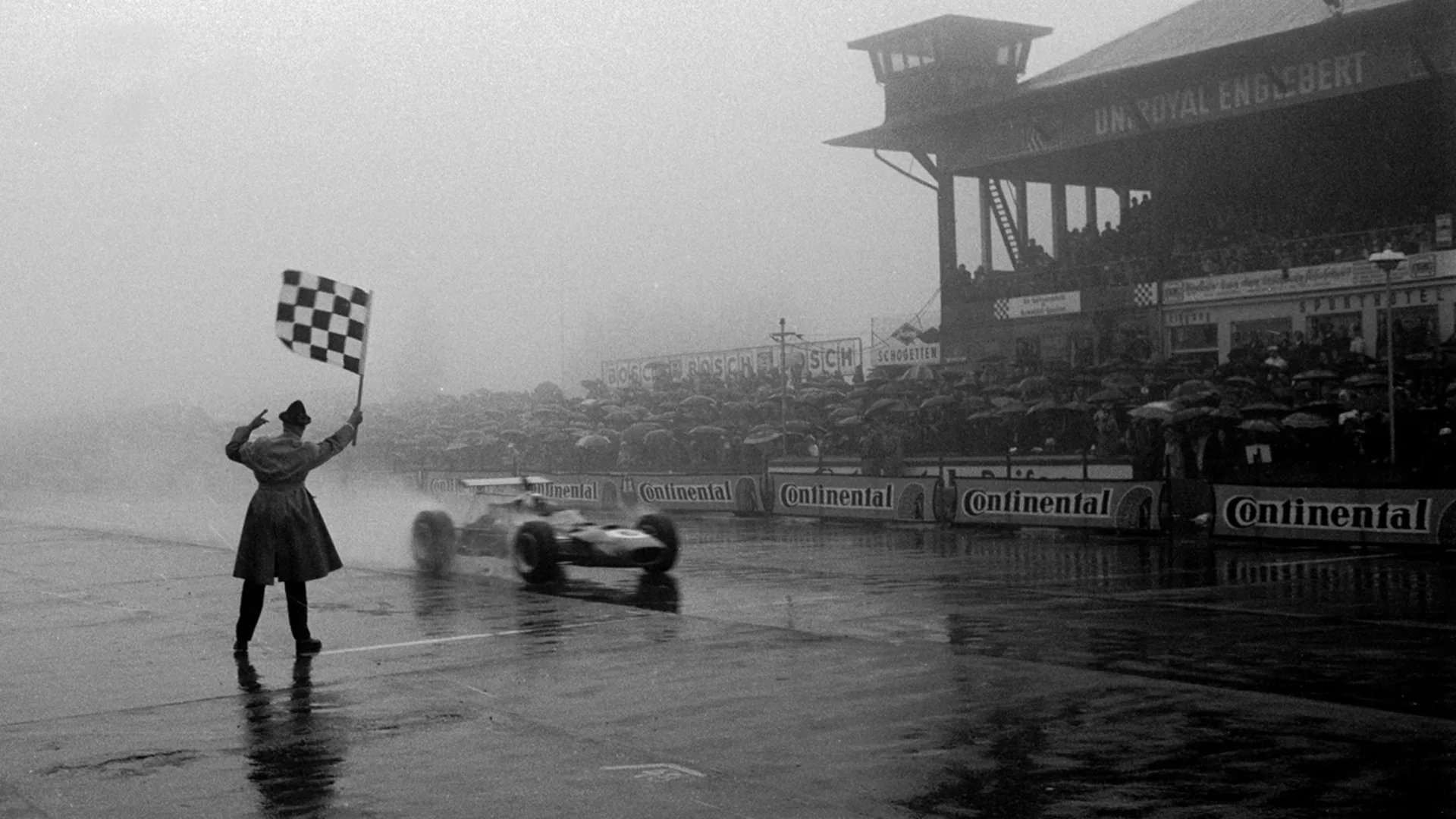
Many years later, the much-respected Tyrrell admitted with no small degree of shame to the author that it was the only time he had ever instructed a driver to run. And that subsequently he had suffered psychologically and emotionally as he lived in fear for Jackie’s safety for every one of the 14 nail-biting laps.
But for all of Stewart’s misgivings, the ill-starred race produced the drive of his life.
The start was delayed initially by 30 minutes, then by another 15 which became 20. Besides the fog which so compromised visibility, Sunday’s heavy rain created rivers that flowed across the track.
Ickx blew the start, moving too soon then having to brake, so Hill grabbed the initiative from Amon, followed by Rindt, Stewart, Surtees and Dan Gurney in his Eagle. The Ferraris, the Honda and the Lotuses were all on grooved Firestone YB11 rubber, which had proved so effective in the French GP in July, when Ickx had scored his first F1 triumph. But Stewart was running Dunlop 226-compound wets with wide circumferential drainage grooves, and they gave him the advantage he had enjoyed at Zandvoort in June.
Halfway round that opening lap the Matra was second; by the end of it Stewart was 9s ahead of Hill, with Amon, Rindt and Gurney chasing as best they could, the latter two on Goodyears. By the end of the second lap, Stewart’s lead was 34s. Already Elford had crashed his Cooper-BRM without injury at Pflanzgarten. And Surtees’ demise was sealed when the Honda, which had overheated on the start line, went on to 10 cylinders 21 years before the manufacturer intentionally produced an engine of such configuration.
Gurney dropped back after hitting a hidden rock at the Karussell and having to pit for a fresh tyre on the fourth lap, by which time Surtees was done. But while Stewart was by then 58s clear, Hill, Amon and Rindt were covered by just 9s, before Jack Brabham and Denny Hulme, in Brabham and McLaren respectively, followed a minute further down. Ickx, meanwhile, had charged initially before suffering such bad visibility problems with a steamed-up visor that he had to stop for a replacement after eight laps.
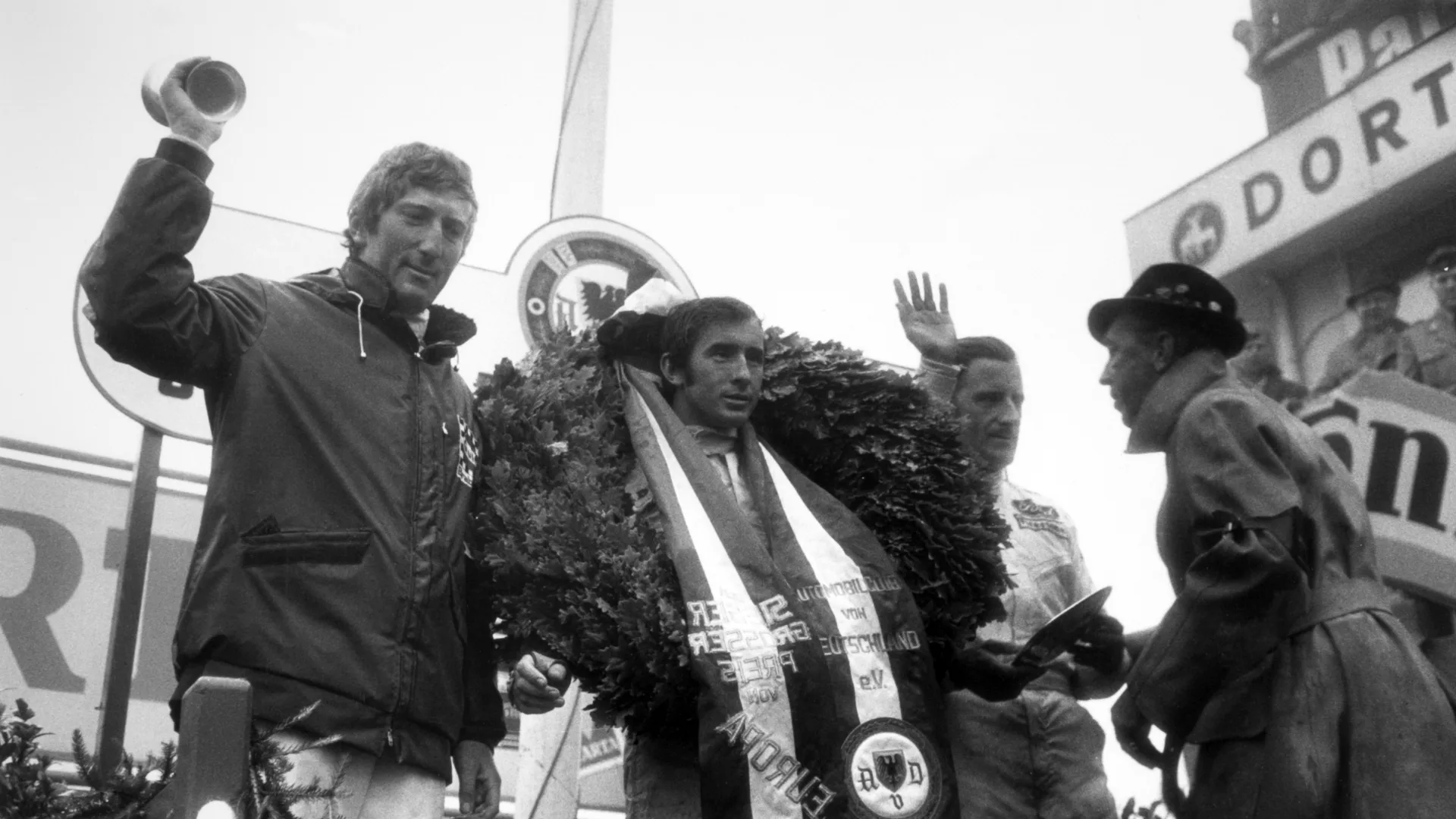
Nobody could touch Stewart, but Amon, giving the lie to his reputation for disliking the wet, was giving Hill no peace at all as he continued to hound the Lotus. By the 12th lap the rain was pouring down, but still no thought was given to stopping the race. It would grind on to its bitter end, because that was how things were done back then.
Amon’s pressure on Hill should have paid off when the Briton spun at Hohe Acht on that 12th lap, but yet again the New Zealander’s renowned wretched luck struck because he had also spun off, into mud in the second part of the North Curve. As Hill jumped out and bravely bump-started his car after pointing it back in the right direction – expecting at any moment for the red car to come charging through – he had no way of knowing that the Ferrari’s differential had played up and put Amon out.
Hill lost a minute in his enforced manoeuvring, but the seven-cylindered Rindt couldn’t quite get on terms as they finished second and third, separated by six seconds. Ickx recovered to take fourth ahead of Brabham, as wet-weather ace Pedro Rodriguez hauled his uncompetitive BRM up to sixth ahead of Hulme, Piers Courage in Tim Parnell’s BRM, and the recovering Gurney.
Besides the conditions, Stewart had battled with a sticking throttle and falling oil pressure around the midpoint, most likely because of vegetational debris thrown up by others’ excursions. And on the 10th lap he had locked up in the Karussell and started sliding towards a marshal, who dived to safety at the last moment. Then Oliver’s Lotus suddenly backed out of the mist at him as he lapped it at Adenauer Forst on the last lap. But nothing could stop him on this day of days, as he averaged 86.86 mph and won by a massive four minutes and three point two seconds.
“When I got back to the pits,” he later admitted, “the first question I asked Ken was, ‘Who died?’”
When Tyrrell said, “Nobody,” it was as if the evil spell created by Clark’s death had finally been exorcised.
It was righteous that it was Stewart, the man who had so revered Clark and become his natural successor, who produced such a majestic masterclass in the race that finally broke 1968’s terrible run of tragedy.
Next Up
Related Articles
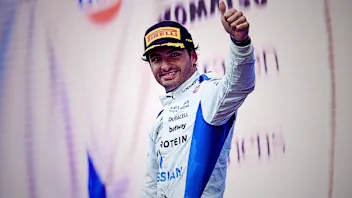 ExclusiveWhy Sainz feels ‘vindicated’ after his first Williams year
ExclusiveWhy Sainz feels ‘vindicated’ after his first Williams year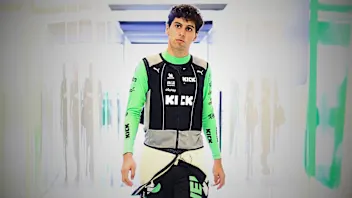 ExclusiveBortoleto on his rookie year and Audi excitement
ExclusiveBortoleto on his rookie year and Audi excitement Every twist and turn from a dramatic 2025 title battle
Every twist and turn from a dramatic 2025 title battle Albon names moment he's most proud of from 2025
Albon names moment he's most proud of from 2025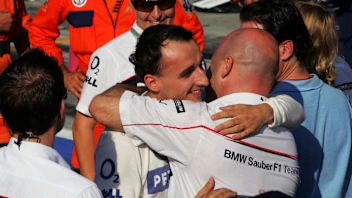 Sauber’s best moments and most memorable liveries in F1
Sauber’s best moments and most memorable liveries in F1 Our writers on the best drivers and stories from 2025
Our writers on the best drivers and stories from 2025

